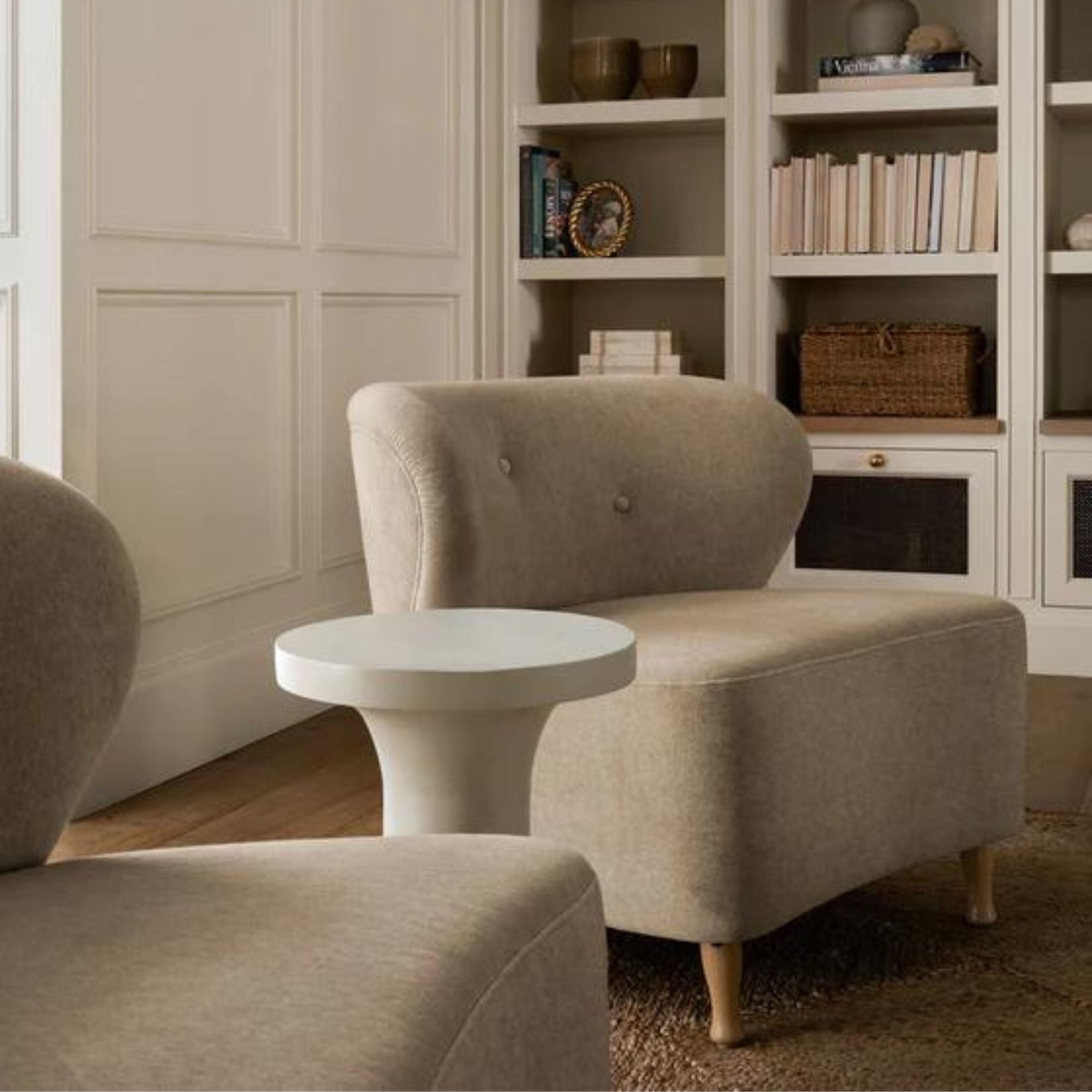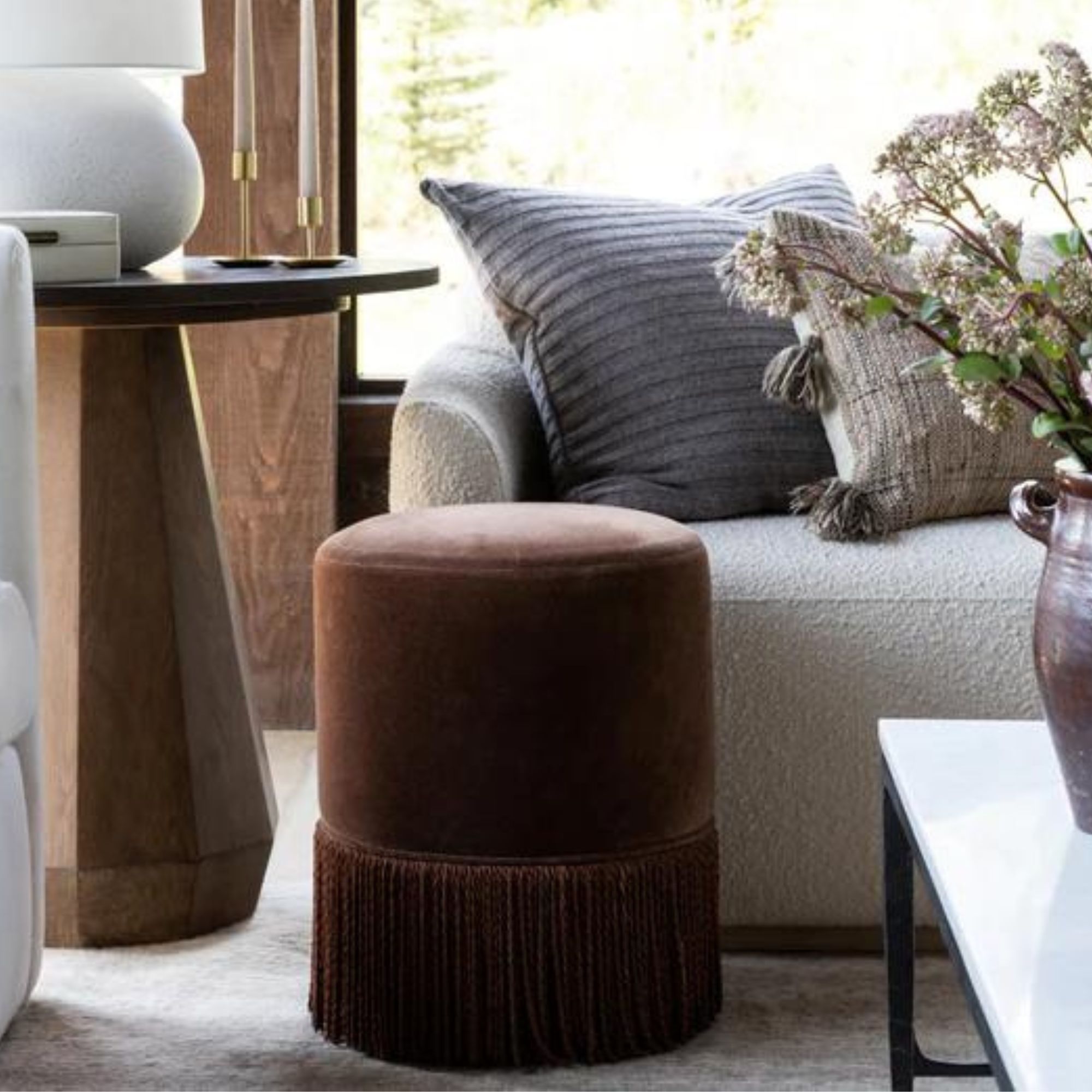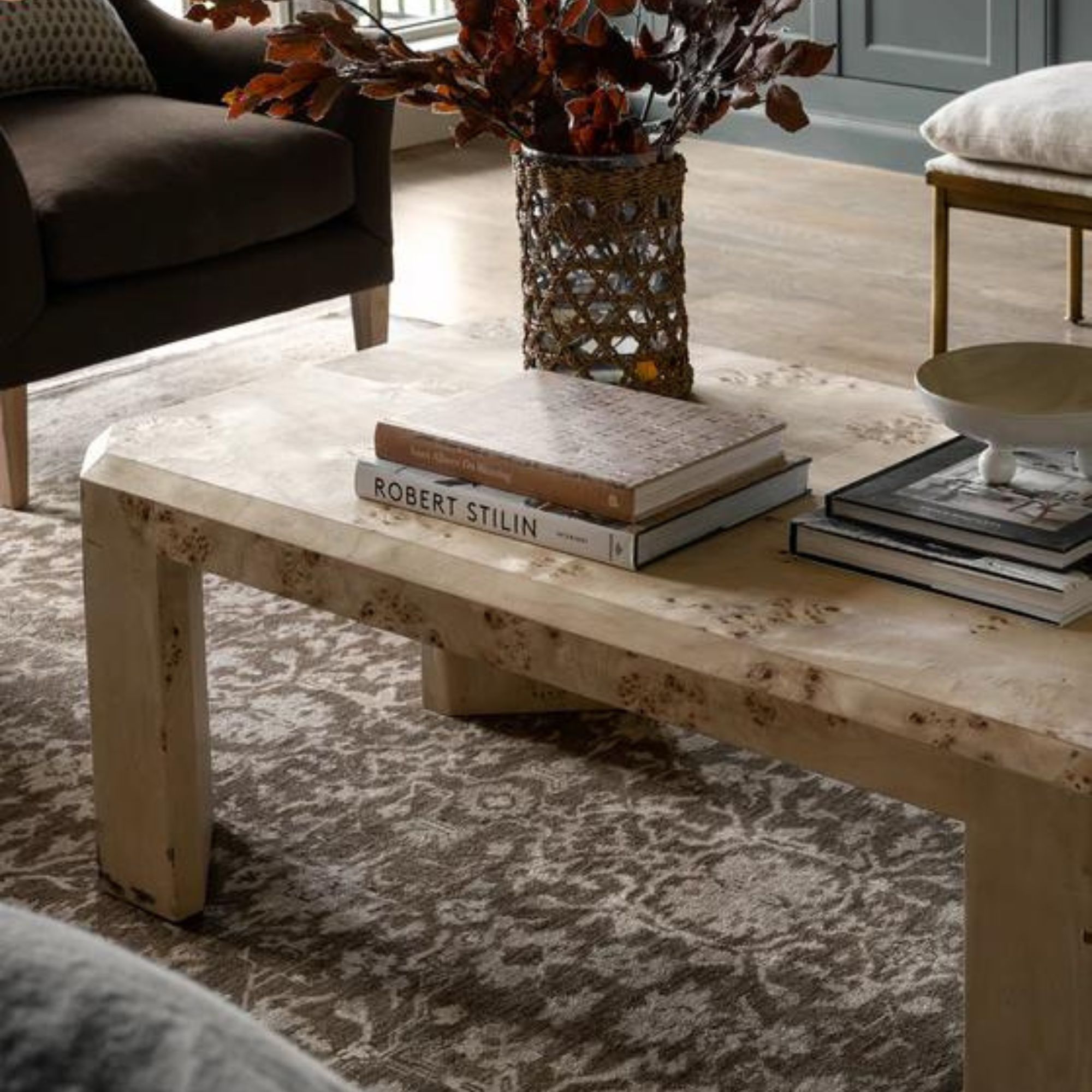Yes, upsizing can be just as tricky as downsizing – 9 designer tips on decorating a larger home
Interior designers offer their advice on making the most of your space when upsizing your home
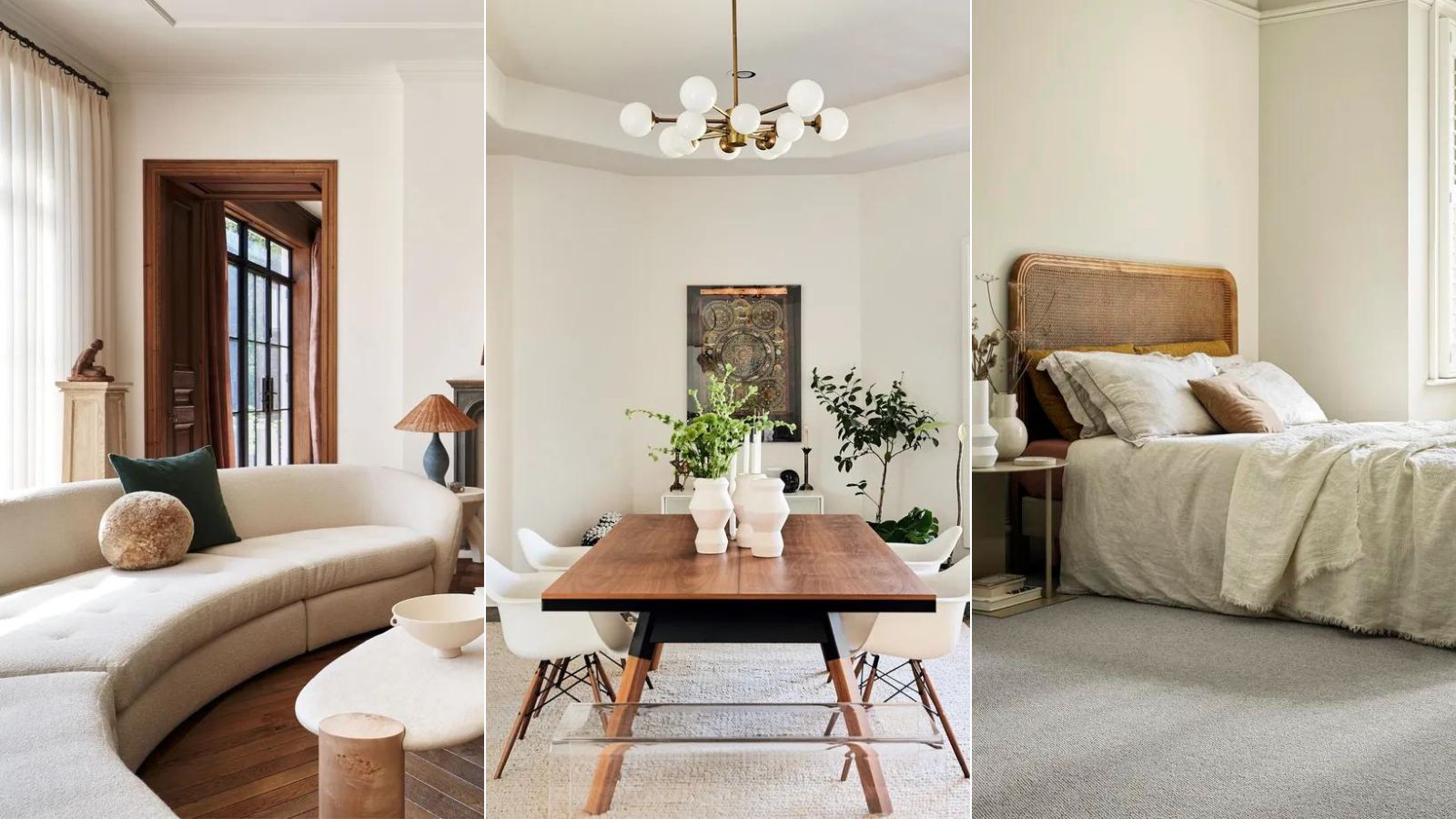
- 1. Live in the space before shopping
- 2. Plan your space carefully
- 3. Take your time choosing wall decor and treatments
- 4. Create zones in large rooms
- 5. Upgrade your furniture
- 6. Consider built-in units
- 7. Take advantage of extra storage space
- 8. Introduce decorative furniture
- 9. Don't feel like you have to source everything at once

When you move from a small space to somewhere bigger, it can be an overwhelming change. So, when upsizing your home, how do you evolve your style and furniture to fit the new space?
Moving house is always an adjustment. And while there is lots of talk about how to downsize, it can be tricky to know how to make the most of your space when moving into a larger home. What furniture should you buy? How can you style a larger room without it feeling empty?
If you're upsizing your home this year, we've spoken to interior designers to discover their top tips for making the most of a bigger property, and how to maximize all the extra space.
9 tips for upsizing from a small home
Whether you're wondering which furniture to prioritize or how to fill a large room, these upsizing tips from interior designers will ensure your new property feels like home in no time.
1. Live in the space before shopping
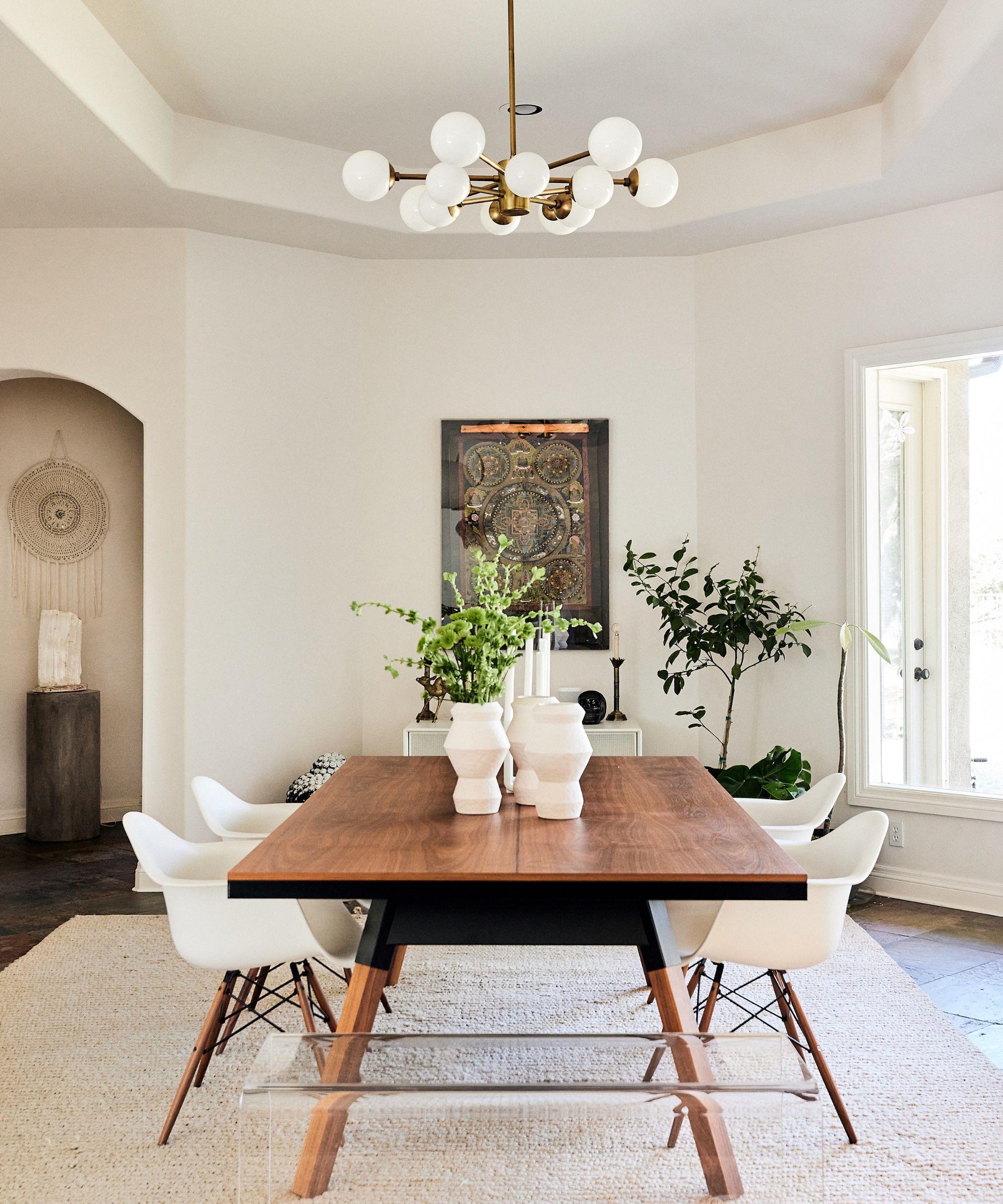
Moving into a larger space comes with lots of excitement, but there is no better way to understand your new space and how you use it than simply living in it first. The way you utilize a larger home will differ from a bijou space, so try to consider this before splurging on new furniture and decor.
'Try not to be hasty in purchasing everything all at once as it might surprise you how you use the space. How are you utilizing it on a daily routine? Are you maximizing each space to its full potential? Are there any spaces that you crave to have such as a reading nook, craft area, etc?' says Maria Vassiliou, design principal at Maria Zoe Designs.
'If the space is open for entertainment, how have your guests navigated eating and sitting? Sometimes these simple actions and questions can turn a space that felt very forced into something that flows beautifully,' she adds.
2. Plan your space carefully

Once you've lived in your space for a while, and you've figured out how the space works for you, take the time to really plan out the layout and design of each room.
'With more space to work with, it's important to consider how you want to use each area and how you can optimize the space to suit your needs. Take measurements, create a floor plan, and think about the flow of the space to ensure that your furniture and decor choices complement the size and layout of the room,' suggests Tara Brien, of Roo's House.
'By planning ahead and thoughtfully designing your new space, you can create a comfortable and functional environment that you'll love spending time in,' she adds.
3. Take your time choosing wall decor and treatments

A bigger home means more wall space, and decorating them the right way will not only add personality to your scheme but will instantly make your home feel more cozy.
'Consider all wall treatments, bookcases, large wall art, wall panelling or wallpaper which can make bare walls more inviting. Long curtains will also dress a room and give it that interior-designed look,' says Tara.
Window treatments, in particular, are key to ensuring a room feels warm and welcoming, rather than cold and stark. 'If there are tall ceilings, a key focus to soften the space is to add window treatments like fabric curtains so it can accentuate the height but also create a warm and inviting feeling,' adds Maria.
4. Create zones in large rooms
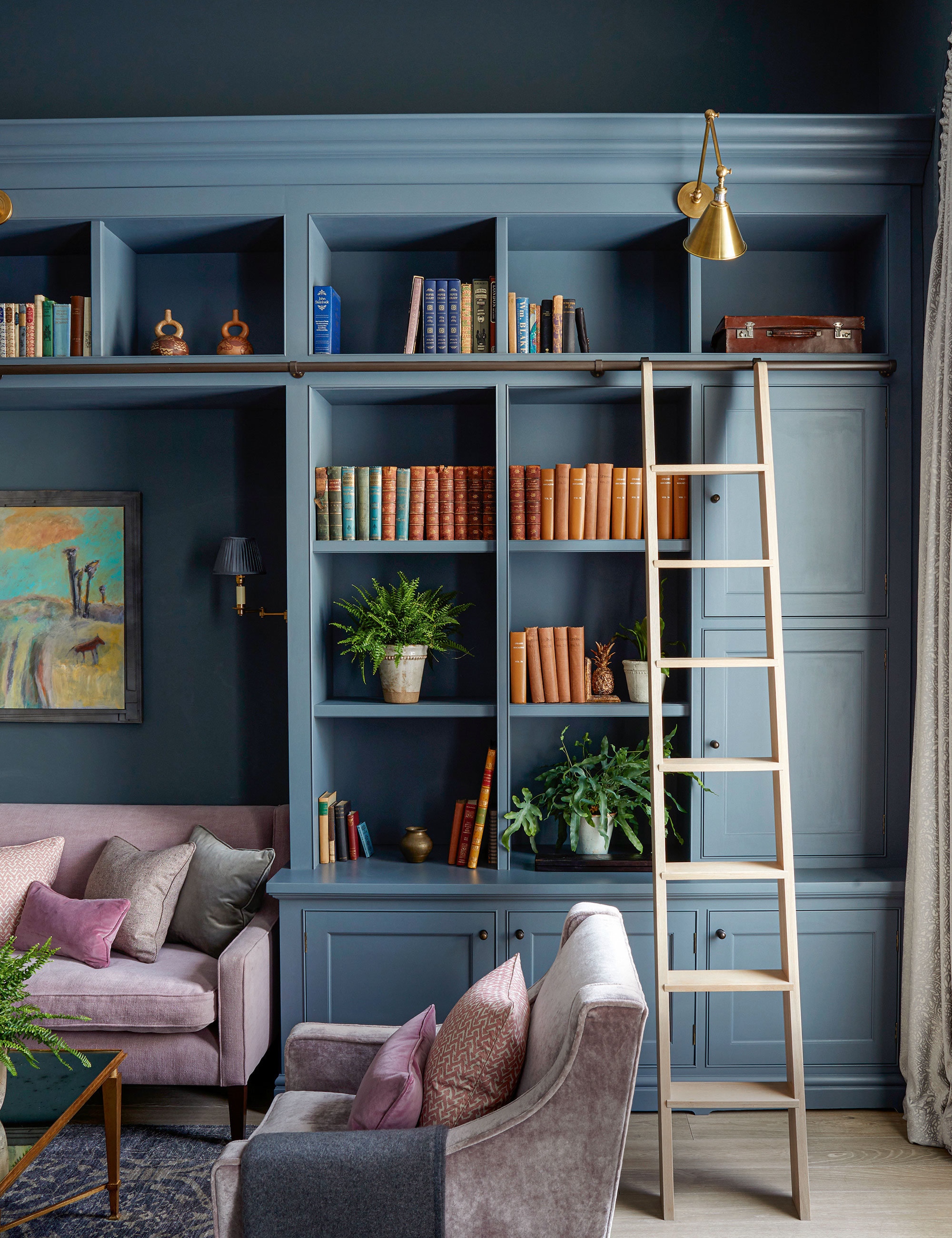
Depending on the size of your rooms, you might find it useful to create zones or nooks to utilize every corner. This will ensure your rooms don't feel empty, and offers a space for all your hobbies and needs.
'In a large room think zoning the space for different activities, a reading area with two wing back chairs and lamps, an arrangement for entertaining with plenty of seating, and if you have the space, a feature like a piano or table for floral arrangements. Then anchor each space with lighting and rugs,' suggests Tara.
Whether you introduce a dining nook in a kitchen, are reading corner in a living room, or a dressing room section in a bedroom, adding additional functions will help to make the space feel more lived in.
5. Upgrade your furniture
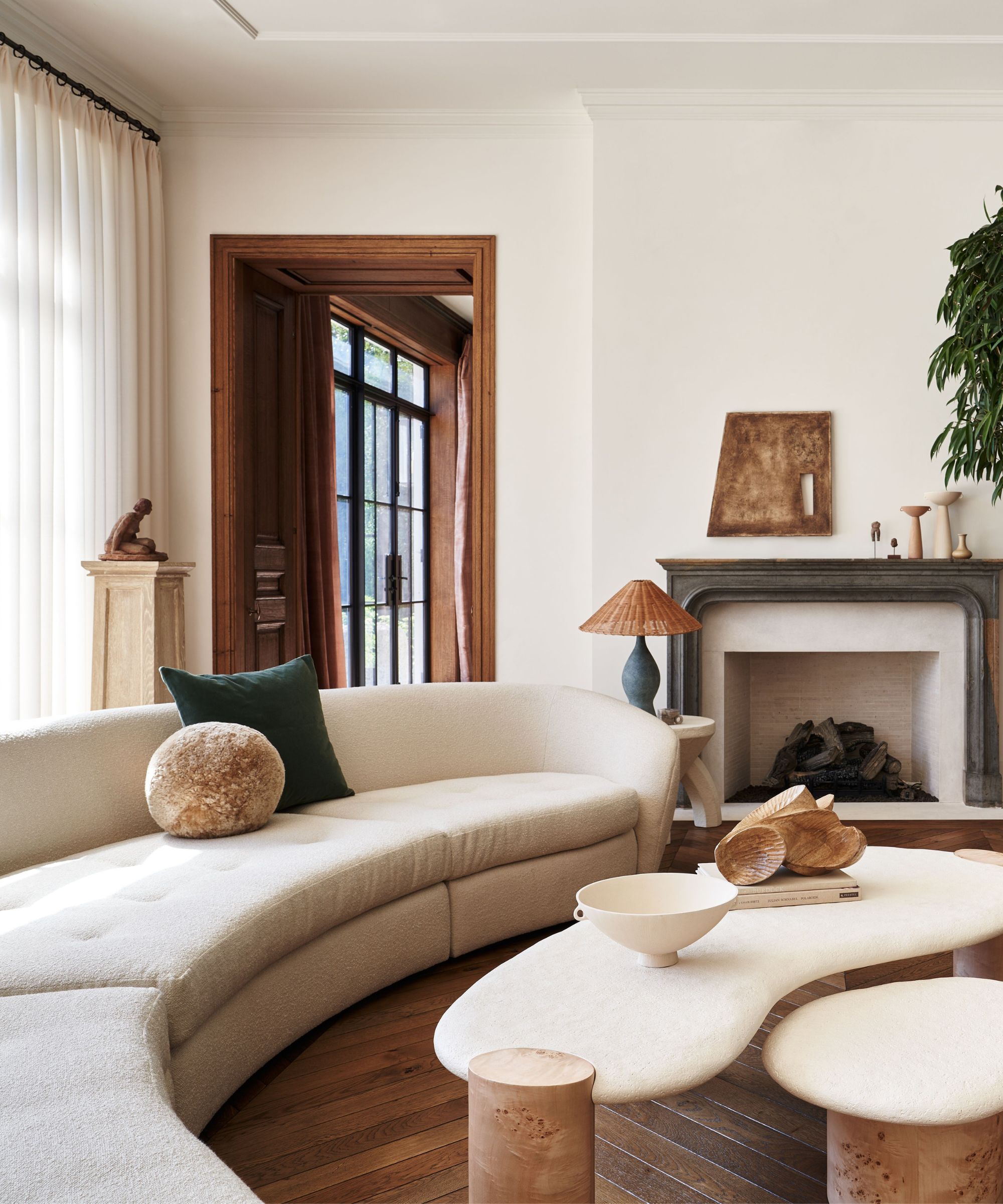
If you've been living in a small apartment, it's likely your furniture is to the same reduced scale. When moving to a larger space, pieces like sofas and beds can feel lost and leave the room feeling empty, so prioritize upgrading these pieces.
'When moving into a larger space, your current furniture probably won’t all fit scale-wise and you will need to fill in with additional pieces. To begin with, prioritize those items you love and inventory them with photos and dimensions so that you can lay out your new space with those items included. Some items will fit, and some will have to go or be repurposed for a different area,' advises interior designer Amy Youngblood.
'In any space, big or small, prioritize your anchor pieces that you'll be using day in day out. When upsizing, maybe now is the time you get the larger sofa or sectional you've always wanted, or the time to upgrade from a queen-size bed to a king-size one,' suggests Kathy Kuo, CEO of Kathy Kuo Home.
These are investment pieces, but if you choose the right design, they are truly timeless and will last for years to come. Avoid bright colors, instead opt for neutrals that will evolve with your style.
6. Consider built-in units
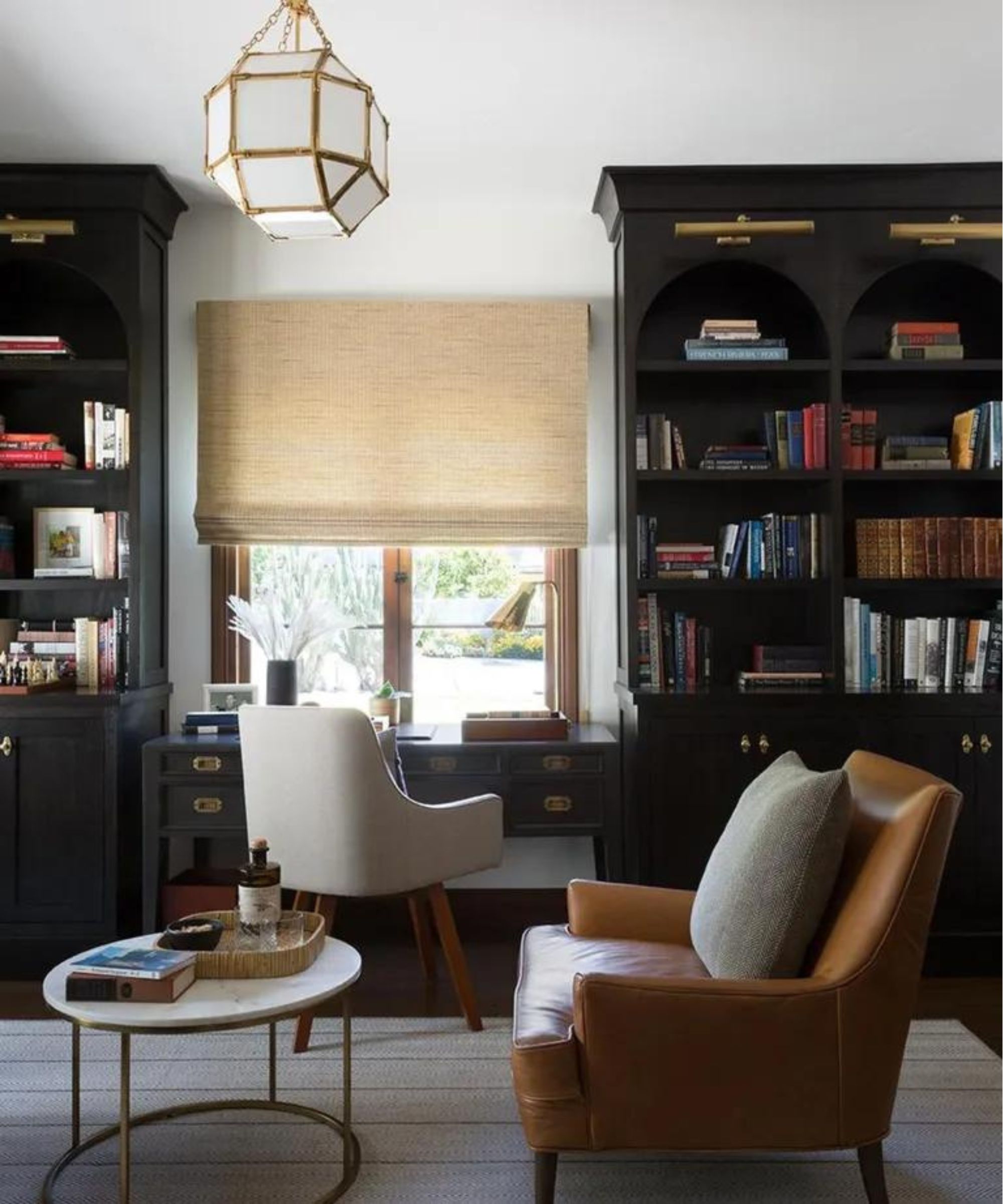
Built-in cabinet ideas have come a long way – they're not the bulky, unsightly installations you might imagine, and they work particularly well in large rooms. The right design can feel luxurious, and can create a decorative moment.
'Built-ins or large case goods such as bookcases or credenzas are excellent pieces for filling in those blank spaces in living rooms and dining rooms. Utilize that empty wall, and create intrigue with collected items,' suggests Maria.
In this scheme, built-in units create two bookshelves with closed storage beneath, and a fitted desk area fits in the middle. Painted dark, the space feels welcoming and curated, with a sense of understated grandeur. Not only does it function well, but it covers the whole length of the wall, so it doesn't feel vacant or underused.
7. Take advantage of extra storage space
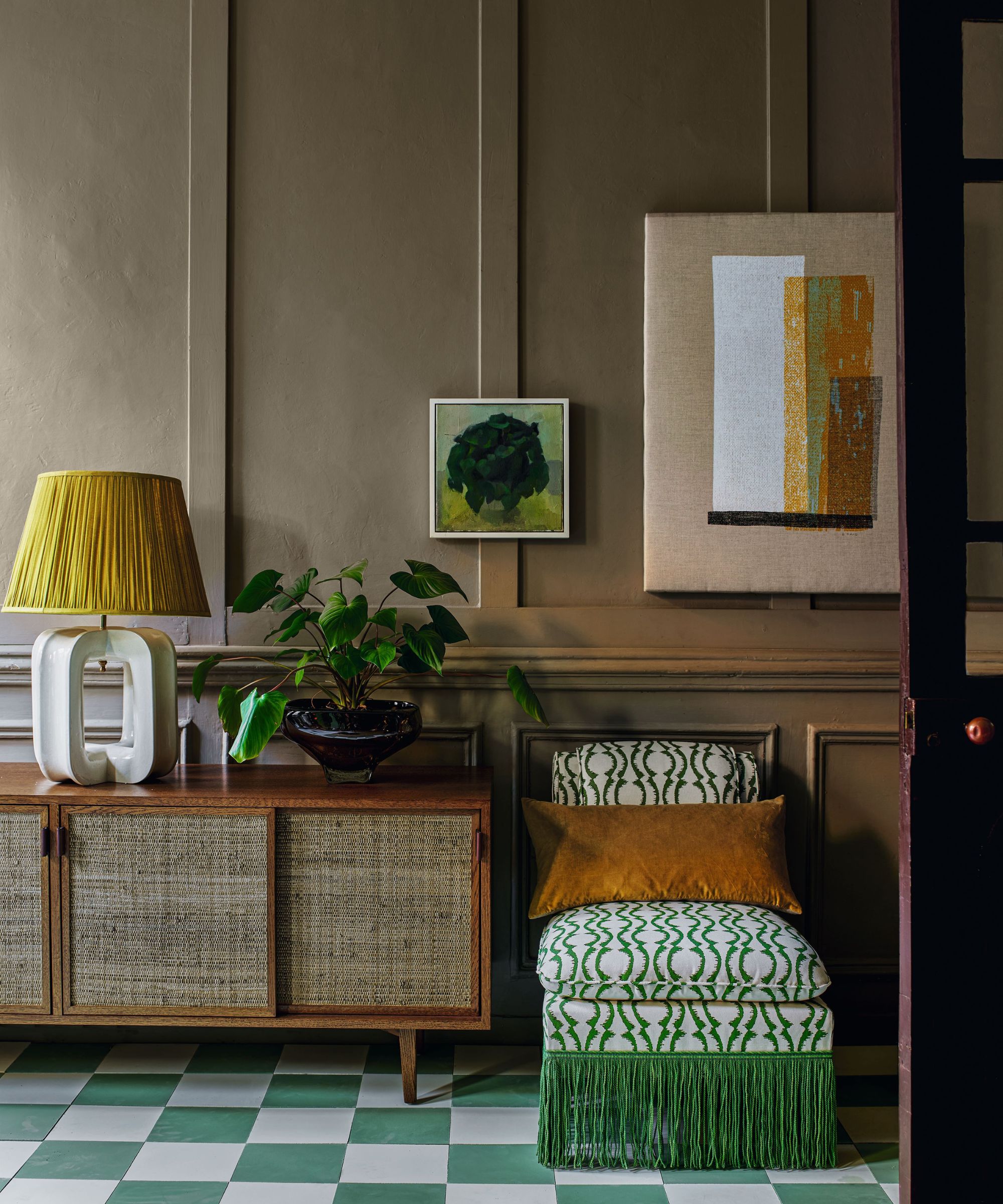
Gone are the days of maximizing storage in a small space – upsizing means you have more breathable space for more aesthetically pleasing storage solutions. Be creative with where you add it, and don't be afraid to introduce more decorative units.
'Consider investing in storage pieces such as dressers, cabinets, or shelving units to keep your space organized and clutter-free. Armoire's and linen presses are also a great way to fill the walls and create interest, particularly where you have a large hallway or landing area,' says Tara.
This is a great place to introduce vintage furniture – the design can have its moment while having a more functional element. And if the hallway is large enough, add a boot room area to keep outerwear by the door.
8. Introduce decorative furniture
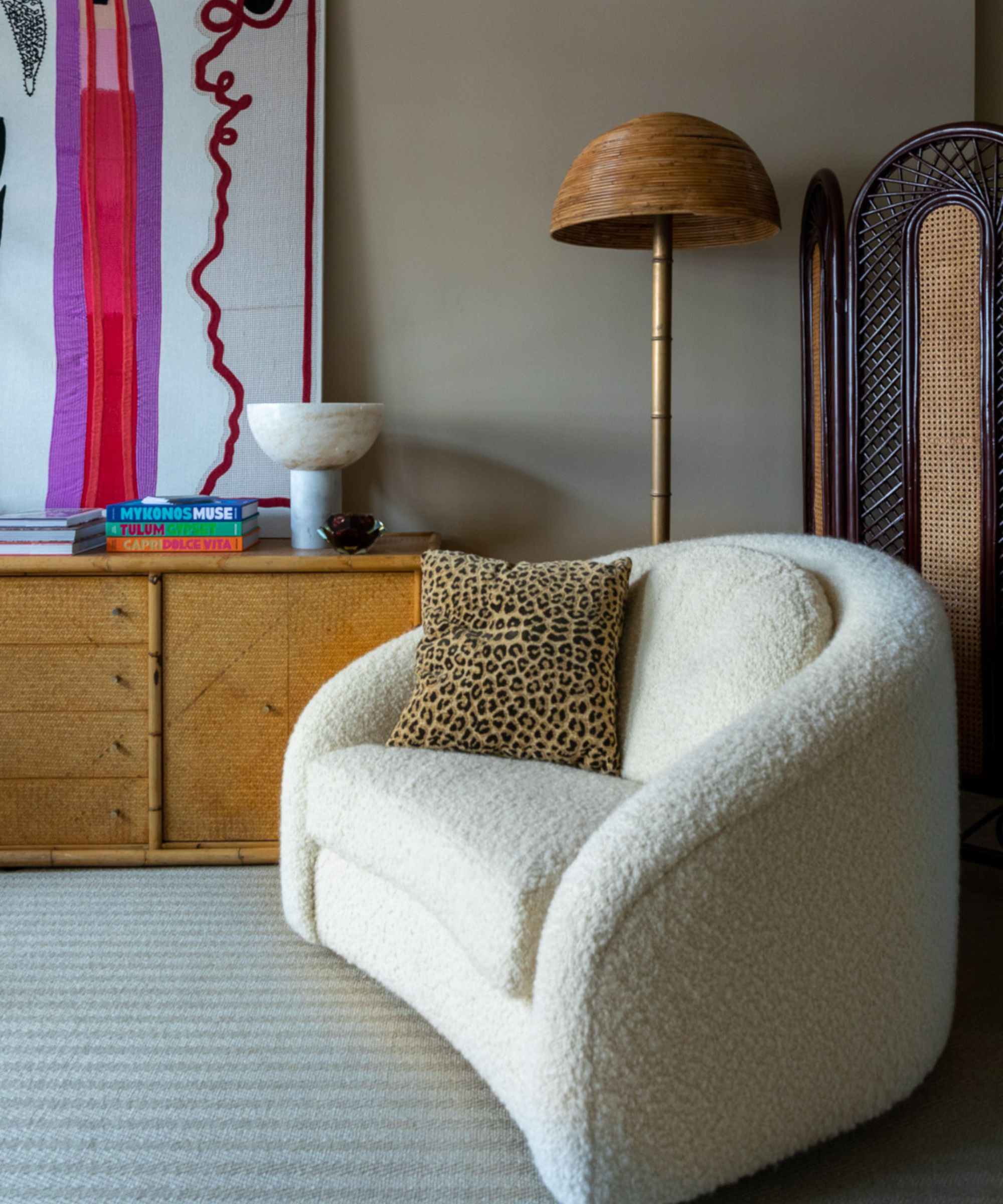
In a small home, almost every furniture item is introduced for function, but with more space to play with, you can have fun adding items for more decorative purposes.
Consider a vintage bureau to fill an empty hallway, or an accent chair to add a cozy appeal to a social room. 'Adding accent chairs or unique furniture pieces can add personality and visual interest to the room, with lots of cushions to make it more inviting,' says Tara.
This approach offers the opportunity to add more statement pieces that don't need to be multifunctional – opt for a statement coffee table rather than an ottoman or storage bench, or let shelving be purely decorative rather than providing space-saving storage.
9. Don't feel like you have to source everything at once
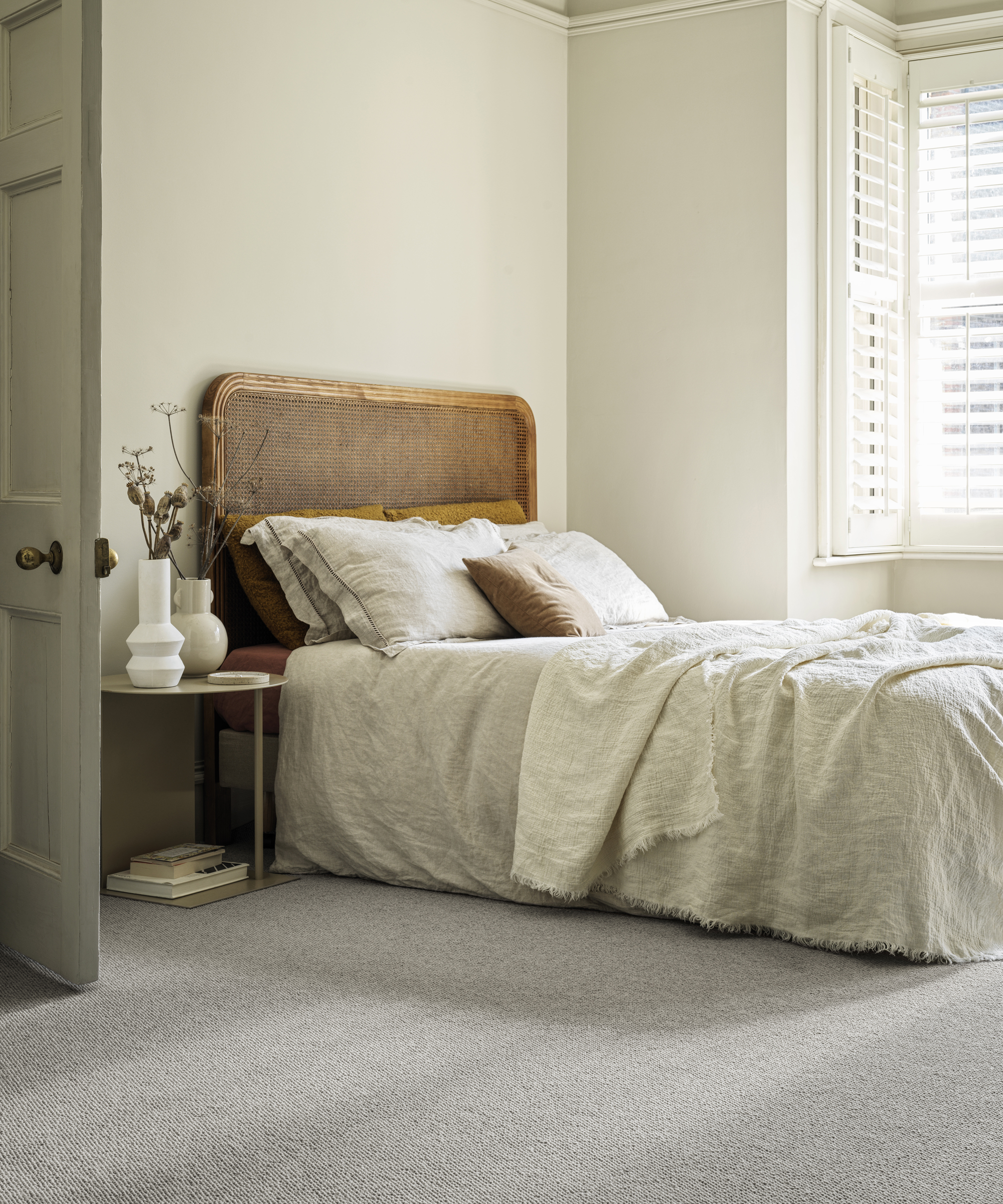
Buying a lot of new furniture and decor comes hand-in-hand with upsizing, but it's important to remember you don't have to purchase everything at once. Focus on the essentials for each room, and buy the additional luxuries later down the line.
'In the bedroom, a sturdy bed frame and comfortable mattress are crucial for a good night's sleep and overall relaxation. Your bedroom is your sanctuary, so don’t scrimp on the big stuff. You can always just get a divan to begin with and then add a headboard and valance later to add that interior designed look and save a little on your initial outlay,' suggests Tara.
Not only is this a wallet-friendly way to upsize, but it also allows you to live in the space and understand the aesthetic you want to create. A larger bedroom opens the doors of opportunity for colors and decor, so don't be hasty with the decision-making.
Upsizing to a bigger home is a fun experience, and allows you to introduce decorative details that just don't work in a small space. With a comprehensive plan, a clear understanding of how you use the space, and a creative mindset, you can make a big home feel personalized and live-in in no time.
Sign up to the Homes & Gardens newsletter
Design expertise in your inbox – from inspiring decorating ideas and beautiful celebrity homes to practical gardening advice and shopping round-ups.

I’ve worked in the interiors magazine industry for the past five years and joined Homes & Gardens at the beginning of 2024 as the Kitchens & Bathrooms editor. While I love every part of interior design, kitchens and bathrooms are some of the most exciting to design, conceptualize, and write about. There are so many trends, materials, colors, and playful decor elements to explore and experiment with.
-
 Martha Stewart's intelligent cabinets 'take every inch into consideration' – their 'visually light' style will solve your small kitchen storage problems
Martha Stewart's intelligent cabinets 'take every inch into consideration' – their 'visually light' style will solve your small kitchen storage problems'Every kitchen can be beautiful and functional, no matter what the size': 9 years since sharing her clever storage, Martha's cabinets are just as beautiful
By Megan Slack Published
-
 This once-dated kitchen is now a timeless space with the coziest details – and its the classic color palette that's made it a chic, welcoming space
This once-dated kitchen is now a timeless space with the coziest details – and its the classic color palette that's made it a chic, welcoming spaceWarming colors and natural materials combine to create this enduringly classic kitchen scheme
By Molly Malsom Published
